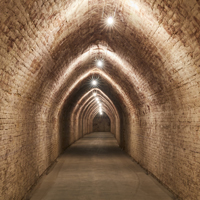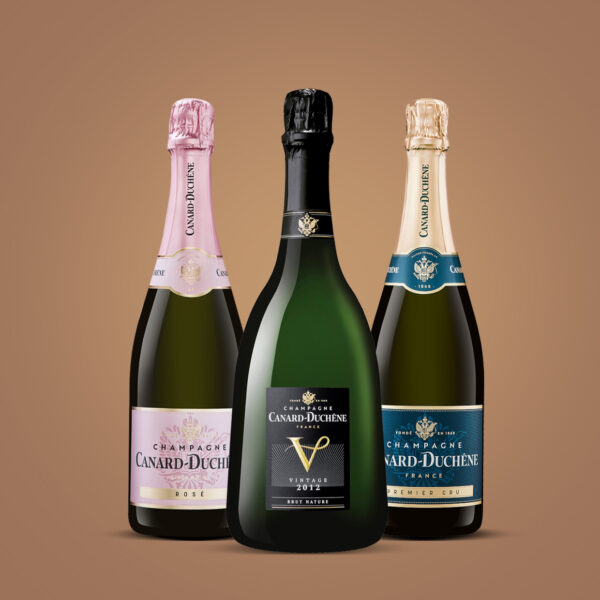The Mag
Setting a table in style

The art of the table can sometimes seem a little conventional with its immutable codes. And it’s true that in order to set a table according to convention, it’s preferable to respect a certain etiquette, not necessarily because of tradition, but rather because this art of setting a table is the result of best practice being tried and tested over time. You don’t need to be an expert in manners, you just need to adopt a few good gestures in order to get rid of them.

Table linen, play with contrasts !
Let’s start with the tablecloth, which will be the master canvas for you to express your artistic soul. Immaculate and perfectly ironed, it has an even fall of about 30 cm on each side. Choosing a tablecloth is very simple: with sophisticated tableware, opt for a neutral tablecloth, a pretty white cotton or ivory linen for example. On the other hand, rustic tableware will look its best on a printed tablecloth with iridescent colours or on a mixture of materials. You can use a centrepiece according to the theme you have chosen: candles, plant composition. The napkins can be placed on the left side of the plate for dinner and on top of the plate for lunch.
No more than three types of cutlery
As far as cutlery is concerned, the forks are placed on the left and the knives on the right in order of appearance: those intended for the main course will be the closest to the plate. The soup spoon is placed on the right. It is rare to find more than three types of cutlery on a table, except for formal dinners. In France, the fork is placed so it’s prongs are tilted down against the tablecloth, a tradition that goes back to the time when it was customary to show the family monogram engraved on the back of the cutlery. Those days are gone for the most part, unless you want to pull out all the stops and the family coat of arms.
Glasses, from large to small
The glasses are placed from left to right, from largest to smallest. First the water glass, then the red wine glass, then the white wine glass. Originally, the champagne flute had no place at the table, but new gastronomic conventions have imposed it and now it sits to the right of the water glass, slightly behind (or “in majesty”, some would say!). It should be noted that water glasses should always be filled when guests are seated at the table.

The Ball of Plates
Only one plate should be placed in front of each guest, unless a soup is planned, in which case a soup plate should be added. During an elegant dinner, the plate is changed for each course to avoid altering the taste, but in common (and casual) usage, only the cheese and/or dessert and possibly the starter are changed as the meal progresses.
The table setting often sets the tone for the evening, at an informal dinner you can allow yourself more freedom of form, such as mismatching the table: antique crystal glasses and ultra-rustic stoneware plates, ornate tablecloths and monochrome tableware. At Christmas, inspiration is even more limitless, you can just let your imagination run wild.
These articles may be of interest to you

Advices
Food/wine pairing: what champagne should you choose?
For a few years now, a festive dinner accompanied by champagne has been very popular. And for good reason, the harmony between food…

Advices
Choose the right champagne for your wedding!
Champagne is the perfect accompaniment to any celebration, especially the "happiest day of our lives"! Find out how to choose the perfect champagne…




